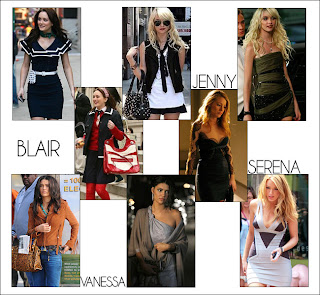Many of us look at a beautiful face on an advertisement and wonder if the outward beauty is reflected through beautiful deeds and words too.
Beauty and the beast- are they both two sides of a coin in a person or is there a clear demarcation where one can safely say that a beautiful face on an advertisement also forms a beautiful positive image of that person in the mind's eye?
Thornhill and Grammer (1999) has suggested that facial attractiveness in women is a deceptive signal of youth. Maybe, the reflection of artificial perfection in the multimedia is a way of attracting the consumer through unconscious awakening of their basic need for portraying themself as youthful and wanted. Yet, it could create a bad body image for the consumer who covets the perfection for herself/himself. Also, when weighing the psychological factors of perception of humans according to
Grogan ( pp.9 2008) , the outside appearance of body is seen as symbol of personal order or disorder. This symbolic acceptance is advertised with the help of misleading advertisements that are made to look perfect with the help of airbrushing softwares. The consumer buys into this misconception of positive characterisation and not the actual person hidden behind the perfect image portrayed with the help of cosmetics and design softwares.
We grow envious everyday of the perfect media created beauty portrayed in the magazines and multimedia. We want all the beauty in this world to be reflected in the media's justification of what is defined as acceptable.
The imperfect-side is portrayed as ugly and perfect side of a fashion model is portrayed as stunningly gorgeous. Media is stereotypes acceptable and unacceptable beauty, but perhaps there is a mid-ground where one must notice the beauty inside a blemish portrayed as the modern beast in the adverts, and where everyone has flaws and are not airbrushed to perfection.

















